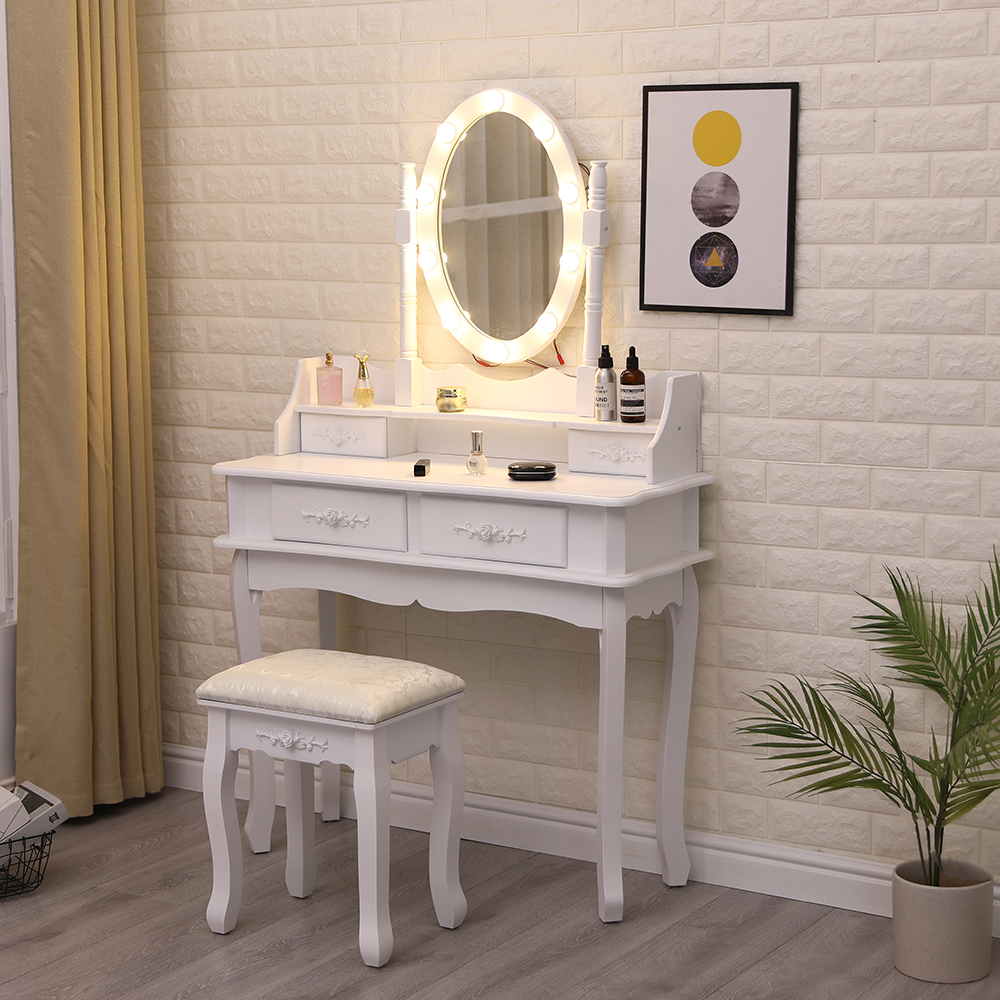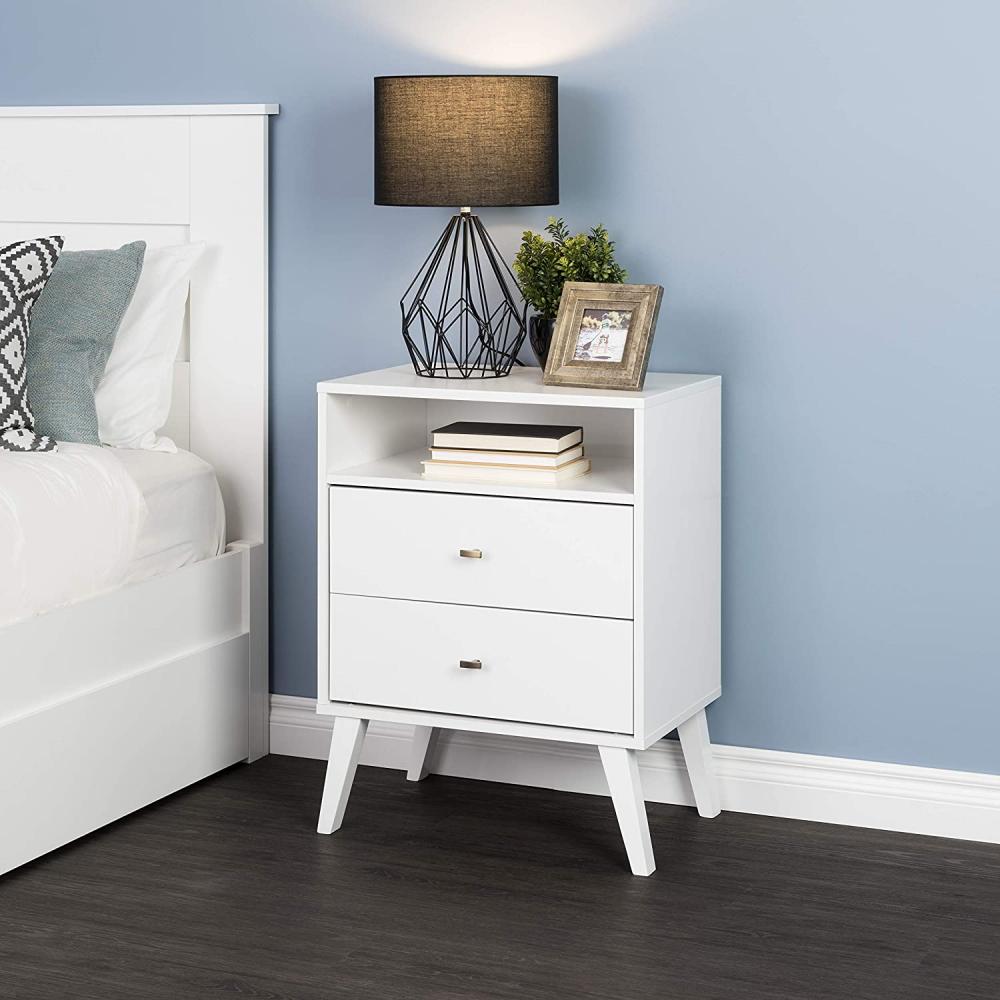The anisotropy of paper refers to the inconsistency of certain properties exhibited by the paper in various directions; the opposite of two sides refers to the inconsistency of certain properties exhibited on the front and back sides of the paper. Both are mainly manifested in the physical properties of paper and have a direct or indirect impact on printing.
First, the reasons for the formation of paper anisotropy and two sides of the opposite sex
The reason for the formation of paper anisotropy and two-sided heterosexuality is mainly the paper's directionality and two-sidedness. As we all know, the papermaking process in the papermaking process is to discharge the diluted pulp to the papermaking network for dewatering and forming. In this process, the pulp is always in a directional motion, so that the fibers in the pulp are produced under inertia. Directional arrangement, forming the paper fiber direction. Among them, the fiber direction is the forward direction of the papermaking network, as shown in Figure 1.
Due to the directionality of the paper structure, the paper forms different angles with the fiber direction in all directions, resulting in paper-related properties that vary in size in all directions, ie, the anisotropy of the paper.
In addition, during the papermaking process, one side of the pulp is in contact with the papermaking web and is at the bottom, while the other side is not in contact with the papermaking web and floats on the top of the pulp, thus forming two different surface states. . The side of the pulp that is in contact with the surface of the net retains the traces of the mesh of the papermaking net, and with the vibration and operation of the papermaking net, relatively coarse fibers and impurities are deposited on the surface of the paper, forming a back surface with a rough net mark. On the other hand, the other side consists of fine fibers and fillers, forming a uniform, fine and non-meshing front.
Second, the performance of anisotropic and two-sided heterosexuality in paper performance
1. The anisotropy of paper is mainly manifested in the following aspects related to fiber properties:
Hygroscopic deformation: The moisture absorption of the paper is due to the colloidal structure of the submicron hair pores and free radicals in the plant fibers, and the adsorption of water vapor in the porosity of the paper. After the paper absorbs water, the fibers swell and expand in size. After drying and dehydration, the fibers shrink in size. In addition, moisture penetrates or loses between fibers, causing displacement between the fibers, resulting in a change in size. Since the fiber expands mainly in the radial direction when water absorbs and expands, the paper's moisture absorption deformation is expressed as transverse (perpendicular to the fiber flow direction) greater than the longitudinal direction (fiber flow direction). Experiments show that the ratio of the two is about 3:1. Therefore, the moisture deformation of the paper in all directions is not equal.
Tensile strength: The tensile strength index of paper is mainly the length of cracking, folding, tearing and so on. Due to the inherent strength of the fibers, the paper has a high tensile strength along the fiber flow, and a relatively low tensile strength perpendicular to the fiber flow direction. The ratio of the two is about 2:1.
Absorption: When the ink is applied to the paper, the capillary in the paper absorbs the binder in the ink, and the paper absorbs ink at different speeds in various parts of the paper and in various directions. The absorption rate of the surface of the general paper is not the same. The absorption speed of the general paper surface layer is greater than its internal absorption speed; the absorption speed in the plane direction is greater than the absorption speed in the thickness; the absorption speed in the longitudinal direction is greater than the absorption speed in the transverse direction.
As shown in Figure 2, dropping a small drop of ink on a piece of paper will spread the ink droplets around, but the diffusion of the ink drops will follow the direction of the paper's web, ie, the longitudinal direction, and the vertical diffusion rate will be faster than the horizontal direction. Fast, wide range. This is because the filaments in the paper have resistance to the diffusion of the ink in the transverse direction. It can be seen that the absorption of ink by paper is directional, and its absorption capacity is different in different directions.
Stiffness: In the longitudinal direction of the paper, due to the continuous and oriented arrangement of the fibers, the paper is firm, while in the transverse direction, the gap between the fibers and the fibers breaks the continuity between the fibers, making the stiffness in the direction weaker. . The stiffness ratio of paper in both vertical and horizontal directions is about 2:1.
2. The two sides of the paper are mainly expressed in:
Smoothness: For paper, especially uncoated paper, the frontal smoothness and evenness of the paper is greater than the reverse side, and therefore, the reproducibility of both the image tonality and the fine text may be different.
Gloss: No matter whether it is coated paper or non-coated paper, the positive glossiness will be better than the reverse. This difference can be identified visually. This is mainly because the frontal fibers are small and soft, and it is easier to form a smooth and glossy surface when calendered.
Absorption: The absorptivity of the paper includes the speed of absorption and the uniformity of absorption. In terms of the speed of absorption, the reverse side of the paper is higher than the front side. In terms of the uniformity of absorption, the front side of the paper is superior to the reverse side.
Whiteness: For the same bleaching conditions, the whiteness of the front side of the paper will be slightly higher than the negative side. This is mainly because the backside fibers are thicker and have more ash content.
Surface efficiency: During the experimental period, printing on both sides of the same sheet has differences in the color strength, color shift, gray scale, and color efficiency. This is mainly due to the absorption (roughness) and gloss of the front and back sides of the sheet. The result of the difference in degrees, the combined effect of this effect on the ink color effect due to the paper's absorbency and glossiness is called surface efficiency:
Among them: A--paper absorbency
PG--Paper gloss
Obviously, the surface efficiency of the front side of the paper is higher than the negative side.
Moisture absorption deformation: Because the fiber is thicker on the reverse side of the paper, when the two sides absorb moisture at the same time, the amount of expansion on the opposite side will be greater than the front side, causing the paper to curl toward the front; on the contrary, when it is released, the shrinkage speed or shrinkage of the opposite side will be greater than the positive side. , resulting in curling the paper back.
Third, the paper anisotropy and two sides of the opposite sex on the printing
The anisotropic effect of paper on printing, paper in the printing direction of the paper there are two cases, one is the direction of fiber flow and the same direction of printing, as shown in Figure 3a, called vertical paper printing, the other is the flow of fiber Vertically with the printing direction, as shown in Figure 3b, said transverse paper printing.
The adaptability of longitudinal paper printing on the printing press is that the feeding stiffness is better, and the paper feeding and receiving are convenient; the tensile strength in the paper feeding direction is high, the paper is not easy to break, but the moisture absorption deformation direction and printing of the paper during printing are Rolling direction is inconsistent, but perpendicular to each other, so the paper is easy to wrinkle when printing, and the resulting deformation can not be compensated by other methods, resulting in overprinting is not allowed.
On the other hand, if transverse paper printing is adopted, the stiffness of the paper is not as good as that of the former when the paper is fed, and the tensile strength of the paper is not as good as the former under the effect of mechanical tension. Therefore, it is easy to cause paper feed failure, but the advantage is that the paper is produced during printing. The moisture absorption deformation direction is the same as the printing rolling direction. In this condition, it will avoid or reduce the paper wrinkle. In addition, the graphic deformation amount and the paper deformation amount can also be achieved by the pull plate method so as to ensure the overlay accuracy.
The opposite side of the paper on the impact of printing on the opposite side of the paper on the opposite side of the impact of printing mainly in two aspects, one is the curl of the paper, the curl of the paper is mainly caused by the positive and negative sides of the telescopic difference. Printing is not allowed to use severely curled paper for printing, it will cause difficulties and failures in the transport of paper. Before printing, the paper should be fully wetted until the relative humidity is reached when it is straight, so that the balance of water content on both sides of the paper is balanced. status. Another effect of the two sides of the paper is that due to differences in smoothness, glossiness, absorbency, and color efficiency, the reproducibility of printed paper, especially non-coated paper or single-sided coated paper, is remarkably different. Therefore, in the production of printing products, the front and back of the paper must be clearly distinguished. In terms of a printed matter, important, multi-colored and fine graphic arrangements are printed on the front, and for secondary, monochrome, precision Less demanding graphic arrangements are printed on the opposite side.
Author: Shenzhen Vocational and Technical College Printing Technology
Bedroom furniture, sometimes called a bedroom set or bedroom suite consists of a group of furniture in a bedroom or sleeping quarters. Pieces of furniture referred to as bedroom furniture usually include: beds, wardrobes, dressers, chests, nightstands, armoires, vanities, trunks, and mirrors. There are also many variations of these pieces as furniture styles have changed through time and as individual manufacturers have put their own spin on them.

Bedroom furniture is predominantly made of wood, but many bed frames are made of various metals as well. Bed frames include but are not limited to bed rails, foot-boards and head-boards. Foot-boards and head-boards are usually made up of a few materials including wood, leather, paint & other various fabrics. Steel or iron is usually used for bed rails. Bed frames are most commonly built with support for a head-board.

Knock down fittings are usually used for locking in the bed rails and frames to the bed posts. Knock down fittings are very easy to take apart. A few types of knock down fittings include: Hook with pin fastener: mortise slots are cut in a vertical manner Hook with plate fastener: eye plates are used instead of pins.
Bedroom Furniture,Bedroom Nightstands,Bedroom Furniture Sets,Bedroom Chest Of Drawers
Jinan Tri-Tiger Technology Development Co., Ltd , https://www.jinanfurniture.com